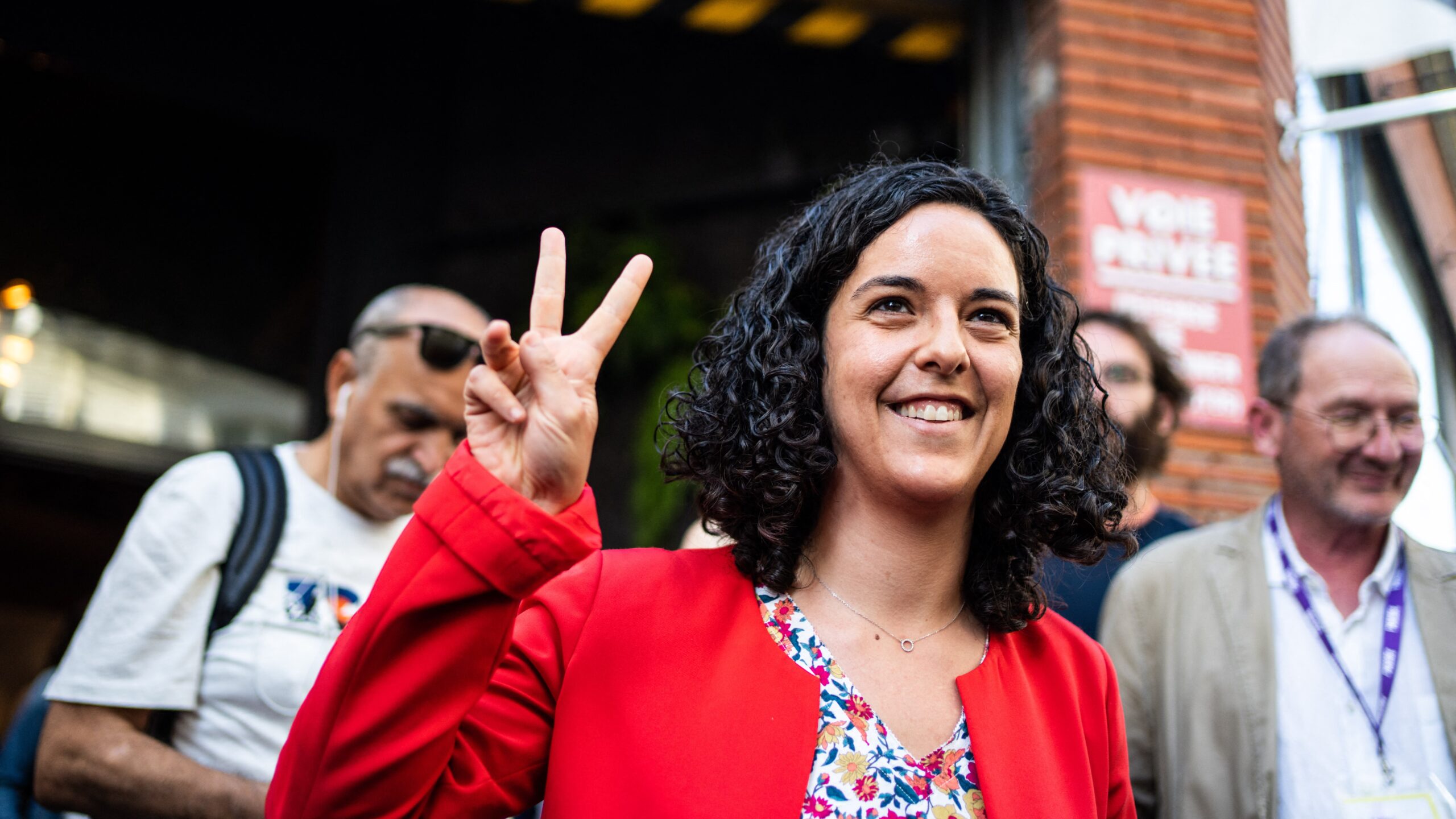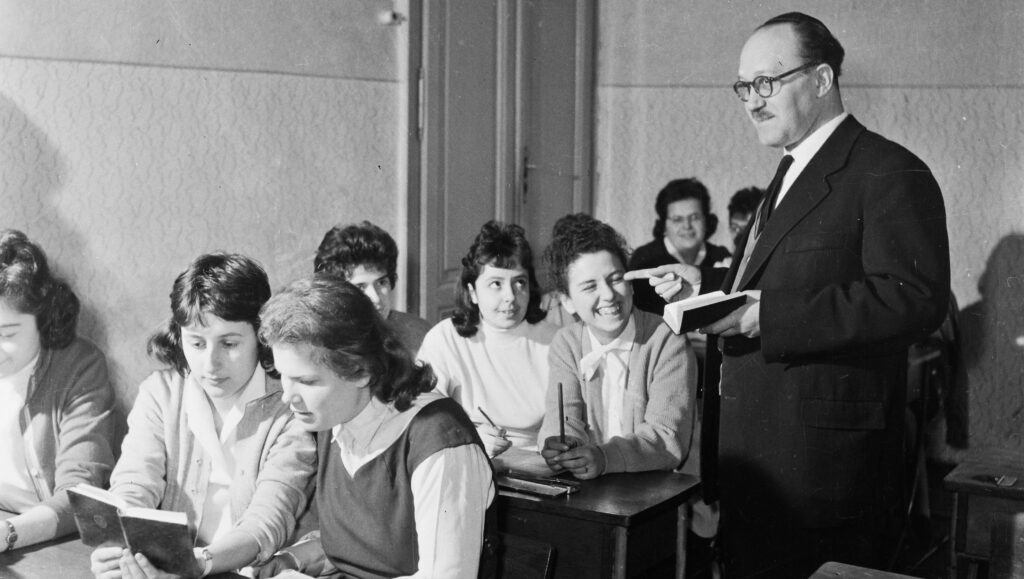The most recent European Parliament elections, held in June 2024, showed considerable gains for parties often characterized by the media as ‘right-wing populist’ or even ‘far-right’. The parliament now has three separate groups to the right of the EPP. By contrast, there is just one European parliamentary group which explicitly caters for parties of the radical left. This group, The Left (formerly European United Left/Nordic Green Left; GUE/NGL), is composed of 46 from a total pool of 720 MEPs.
It’s clear from the member parties of The Left that in terms of ideology it’s a different beast from both the Moscow-line monoliths and the sectional purist left-wing groupuscules, which were a touchstone of 20th century European politics. Traditionally, the radical left has been fractious. It was prone to ‘sectarianism’ between different cliques and strong personalities, which espoused intense differences of opinion. A cursory examination of Lenin’s works demonstrate that he expended much ink denouncing, ridiculing, and bickering with other far-left ideologues over the best part of twenty years. When Lenin eventually came to power in 1917, many of his doctrinaire ‘ultra-left’ beliefs were shoved aside in favour of pragmatically fulfilling the somewhat conservative and simple promise of ‘Peace, Bread, and Land’, which enabled him to seize power. Towards the end of his life, Lenin summed up his political wisdom with the maxim: ‘On s’engage et puis on voit’ (You engage and then you see what happens).
The Left in the European Parliament is composed of parties mostly based in western Europe and Scandinavia. Its lack of ideological cohesion is clear. A spokesperson for The Left said its core values, which members are expected to uphold, chiefly relate to ‘respect for international law, asylum policy, climate justice and feminism.’ This is very boiled down from the dense theory which underpinned left-wing parties of yesteryear.
‘Five Star very much had its origins in the groundswell of inchoate populism that gripped many countries in the aftermath of the global financial crash’
The largest Italian delegation in this group is the Five Star Movement. Founded in 2009 by the comedian Beppe Grillo, Five Star very much had its origins in the groundswell of inchoate populism that gripped many countries in the aftermath of the global financial crash. Created on an ‘anti-politics’ platform, Five Star’s flamboyant style rather than substance brought it some early successes in Italian politics. At the European level, Five Star initially joined Nigel Farage’s right-wing populist Europe of Freedom and Direct Democracy (EFDD) group, where it remained for the duration of the eighth parliamentary term. It entered government in Italy in 2018, forming a coalition with Matteo Salvini’s League (a party generally regarded as right-wing populist if not radical right). Soon, the League crashed out of government only to be replaced by the centre-left Democratic Party, who formed a new coalition with Five Star without the need for a fresh election. At the European level, the Five Star Movement tried unsuccessfully to join the Liberals (ALDE)—a bizarre turnaround from an alignment with right-wing Euroscepticism to liberal pro-integration. It was also denied entry to both the Green and Social Democrat groups in the parliament. The fact that Five Star now finds a place among the serried ranks of The Left might seem peculiar, but it speaks to a broader theme of the continuing ideological and electoral decline of ideological radical left (indeed, communist) parties.
Until recently, GUE/NGL (The Left) was dominated by the German Die Linke party, the official successor of the former East German communist party Sozialistische Einheitspartei Deutschlands (SED). However, the recent split in Die Linke, which resulted in Sahra Wagenknecht and her followers leaving, has seen the rump of Die Linke taking an electoral drumming. To add to the acrimony, Wagenknecht’s new party (BSW) considerably outpolled her former comrades. The impact has been that the German delegation of MEPs within The Left group has been reduced to just four: three from Die Linke and one from an animalist party. The Dutch affiliate of the group is also an animalist party, bringing an additional MEP mandate to the table. All this serves to highlight the reality that the (electorally focused) European radical left is a ragbag of ideologically confused populists and a few ex-communist parties groping around in search of a new niche. It is a far cry from either the intense political debates or from the Moscow-derived ‘party line’ which characterized twentieth century far-left politics.
Europe’s far-left parties have been in steady decline since a high point of popularity in the immediate aftermath of the Second World War. In France, the communist party (PCF) played a crucial role in the resistance to Nazi occupation, which earned it considerable prestige. Its popular support could be seen by the PCF’s first place finish in the 1945 legislative elections to the French constituent assembly. De Gaulle elevated communist ministers to his post-war cabinet, giving them considerable reign over economic affairs. In Italy, the first post-war elections held in 1946 saw the victory of the Christian Democrats; however, the Socialist Party (PSI) and Communist Party (PCI) polled a collective 40 per cent. The PCI was the largest communist party in western Europe in terms of membership, with over two million members by 1946. In Greece, a bitter civil war was fought between the communist-dominated EAM, which had successfully liberated the country without the need for Allied intervention, and the British-backed Greek royal government.
‘Europe’s far-left parties have been in steady decline since a high point of popularity in the immediate aftermath of the Second World War’
Post-war, the western communist parties were treated by Stalin as mere instruments to be utilized to lobby for more sympathetic policies towards the Soviet Union. Their dependence on Moscow was tested by critical events such as the Soviet response to the 1956 Hungarian revolution and the Warsaw Pact invasion of Czechoslovakia in 1968. Both external events generated severe splits within most western communist parties. Meanwhile, in May 1968 the uprising of the French student radicals proved to be a flash in the pan, partly due to the PCF’s bungled handling of the situation. The generous concessions extracted by the French trade union movement, the Confédération Générale du Travail, from the government in exchange for an end to strikes also produced a withering away of the radicalism of May 1968.
Partly disillusioned with the harshness of the Soviet world, Marxist thought among western intellectuals was gradually channelled away from its analysis of political economy and towards the development of an all-encompassing philosophy. Marx’s conception of political economy was itself inherited from writers like Ricardo, Mill, and Smith. Suddenly overshadowing its economic analyses, the philosophy of French Marxist Louis Althusser became a quasi-theology in the 1970s, which helped to bridge the gap between dutiful Moscow-line communists and Trotskyists by giving both a new common language.
In the final decades of the Cold War most western European communist parties moved towards ‘Eurocommunism’. Trying to chart a different path from that set down by the Soviet monolith, the communist parties of Spain, France, and Italy began to ‘modernize’ and suddenly dropped many of the central dogmas of Marxism–Leninism. This trend, which predated the collapse of the Soviet Union, was largely ineffective in recouping their lost electoral support, which had largely been absorbed by the resurgence of centre-left social democracy. This downward spiral has continued unabated throughout the 1990s and 2000s, with far-left parties frequently forced to humble themselves into ‘popular fronts’ and electoral alliances or else face complete oblivion and irrelevance. There have been some European holdouts for a harder form of far-left politics, notably the Communist Party of Greece, but the direction of travel has generally been towards decline and decay.
Today’s The Left group pales in terms of ideological cohesion when contrasted with its earliest European manifestation, the Communist and Allies group (formed in 1973), which existed before direct elections to the European Parliament. Its leadership drew largely from the Italian PCI. It is a strange tale to trace how the first communist group was dominated by Italian communists who cut their teeth in the partisan resistance forces whilst the largest Italian delegation in its present-day incarnation is mostly made up of MEPs from a party which until recently could not decide whether they were right-wing populist Eurosceptics or liberal Eurofederalists. The far-left’s future in the European Parliament looks to stay increasingly divided not by minute ideological differences but by vastly different emphases, which bare little resemblance to the hard-nosed Marxism of their twentieth century forerunners.
Related articles:







